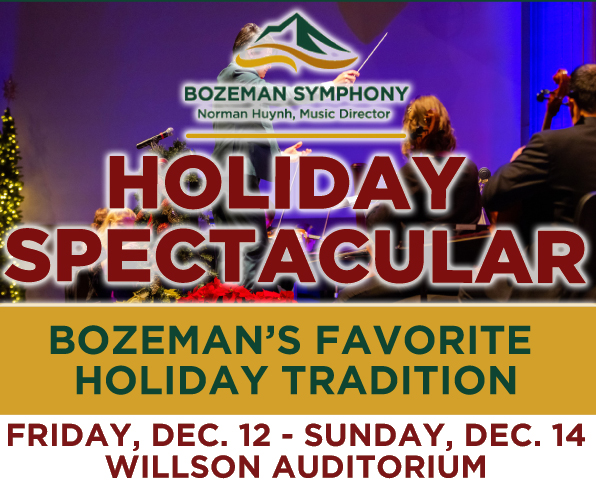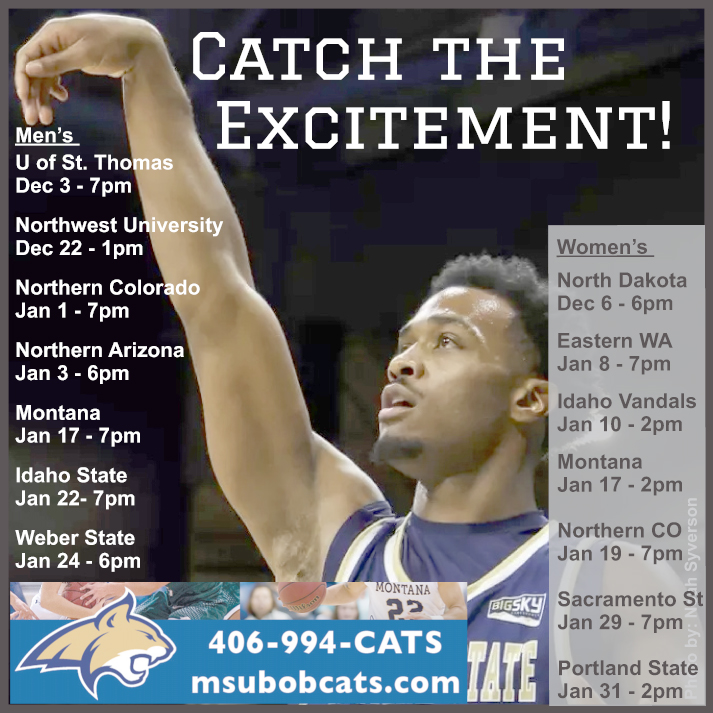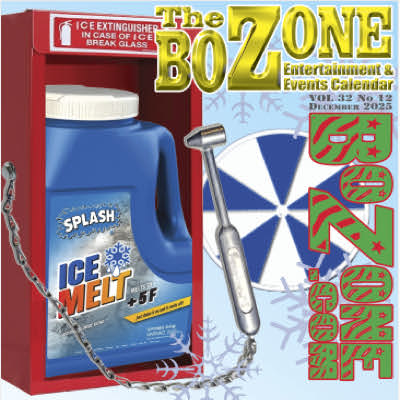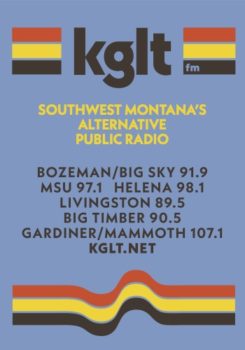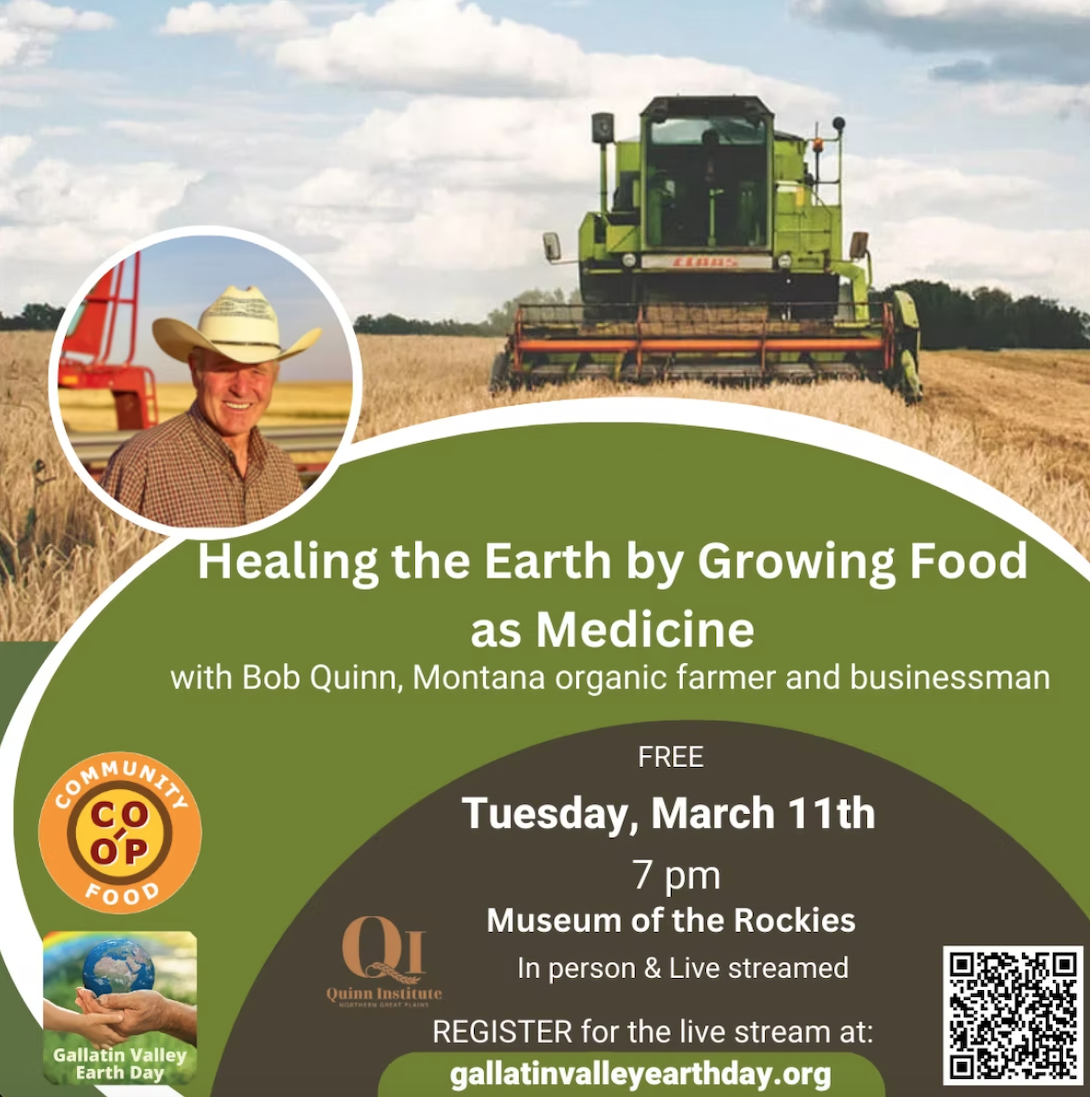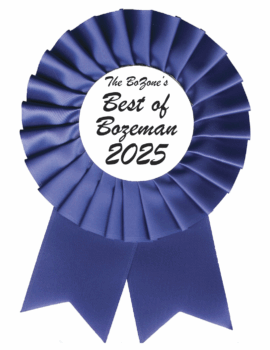
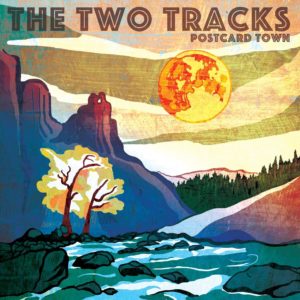
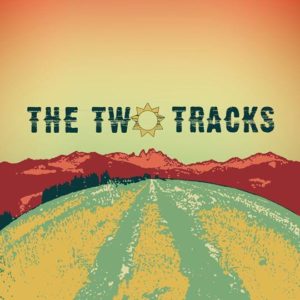 DH: I think we all, at least Julie and I, really love bands that’ve done really creative artwork rather than portrait shots on the cover. I basically created the artwork for both albums, obviously with plenty of influence and help from Julie. The first one is our local skyline here, Cloud Peak and Bomber Mountain from the Big Horn. The second cover I got from a photograph I had of the Tongue River Canyon, which a beautiful spot right outside Sheridan. I used that photo to draw the image, then we did a whole lot of messing around with it, layering, distressing and all of that. Now we’ve raised the bar by doing two like that.
DH: I think we all, at least Julie and I, really love bands that’ve done really creative artwork rather than portrait shots on the cover. I basically created the artwork for both albums, obviously with plenty of influence and help from Julie. The first one is our local skyline here, Cloud Peak and Bomber Mountain from the Big Horn. The second cover I got from a photograph I had of the Tongue River Canyon, which a beautiful spot right outside Sheridan. I used that photo to draw the image, then we did a whole lot of messing around with it, layering, distressing and all of that. Now we’ve raised the bar by doing two like that.
